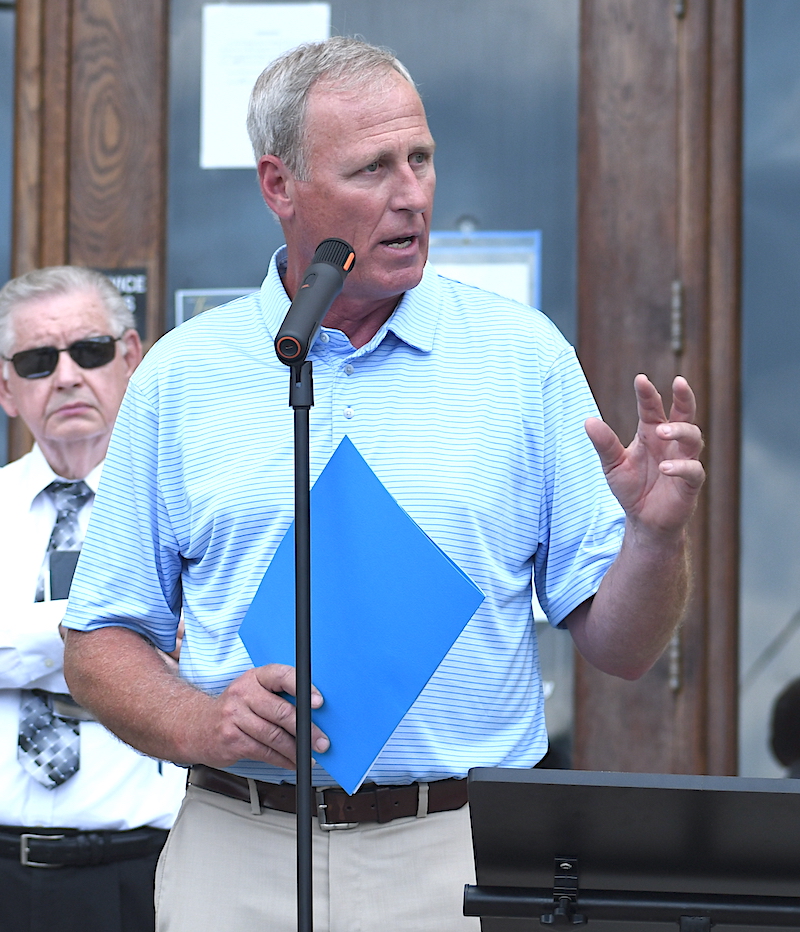Rejecting the cloudy logic of EPA ozone rules
Published 1:27 pm Tuesday, February 13, 2018
The Environmental Protection Agency just missed a court-ordered deadline to announce which regions of the country are complying with an Obama-era ozone rule. The agency says it needs more time to make that determination.
Green activists are livid. The Environmental Defense Fund accused the agency of “allowing vulnerable communities to suffer the consequences of polluted air while Administrator Pruitt stalls.”
Ozone is the main ingredient in smog. So one might assume that the nation’s city dwellers are struggling to breathe. Only the activists’ rhetoric is breathless, though. Ozone levels have dropped by a third since 1980.
This precipitous drop didn’t stop the Obama administration from issuing a strict new ozone rule in 2015. The regulation requires states to limit ground-level ozone concentrations to 70 parts per billion. Previous standards issued in 2008 had set acceptable ozone levels at 75 ppb. States are poised to waste billions adhering to these new rules — all to address a problem that has been getting better for a decades.
Regulators are working with states to ease the compliance burden as much as possible. But the EPA can’t nix the regulation on its own. Only Congress can do so.
The new regulations aren’t needed. The United States has already slashed air pollution dramatically. Since 1970, levels of six common air pollutants have dropped by an average of 70 percent across the nation, even as economic output jumped over 240 percent. Levels of carbon monoxide alone have fallen by 84 percent since 1990, while lead concentrations have dropped by 85 percent.
The 2015 regulation, known as the National Ambient Air Quality Standards for Ozone, would create an immense compliance burden on many regions of the country. In roughly 180 counties, ozone levels still exceed the 2008 requirement of 75 ppb. The new 2015 standard would move the goalposts. More than 958 counties — roughly one-third of all counties — could be classified as “nonattainment” areas if the standard is changed to 70 ppb.
They’ll face severe penalties for failing to meet the new standards. The federal government can freeze funding for transportation projects. And it can force factories and other buildings in nonattainment areas to install expensive emission reduction technologies.
As a result, local economies would pay a significant price. In 2015, the EPA claimed that compliance would cost states, excluding California, $1.4 billion by 2025.
The actual costs will likely be far higher. As recently as 2011, the agency calculated the annual cost of meeting the 70 ppb standard at between $19 and 25 billion. An analysis from the economic consulting firm NERA estimates that new ozone standards could cost the economy $270 billion annually between now and 2040.
Why would federal regulators choose to ignore the crippling costs associated with their rules? Because they’re required to. The Clean Air Act prohibits the EPA from considering costs when determining air-quality standards.
Congress knows the updated ozone rules will devastate the economy. This summer, the House passed the Ozone Standards Implementation Act of 2017 to delay the 2015 standards. It’s now up to the Senate to do the same.
Over the last few decades, America has made extraordinary progress in ridding the air of harmful pollutants — including ozone. Imposing draconian ozone standards — at immense economic cost — is irrational and irresponsible.
Merrill Matthews is a resident scholar with the Institute for Policy Innovation in Dallas, Texas. Follow him on Twitter @MerrillMatthews.



